Planting potatoes with eyes
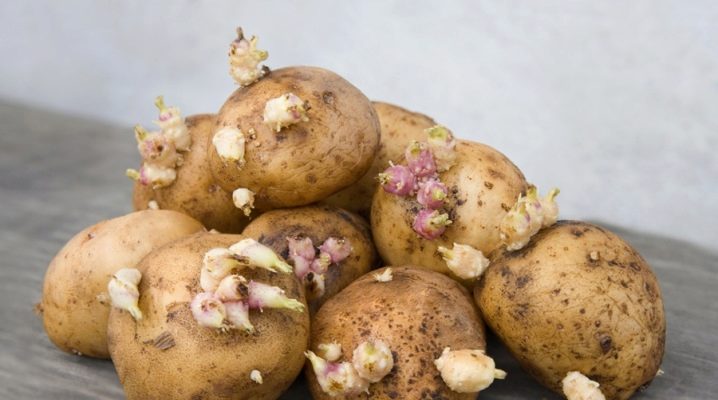
Sooner or later, any gardener who plants potatoes has a desire to try a new method in order to grow a rich harvest or increase the seed fund. One of the alternative options for planting potatoes is using its eyes.
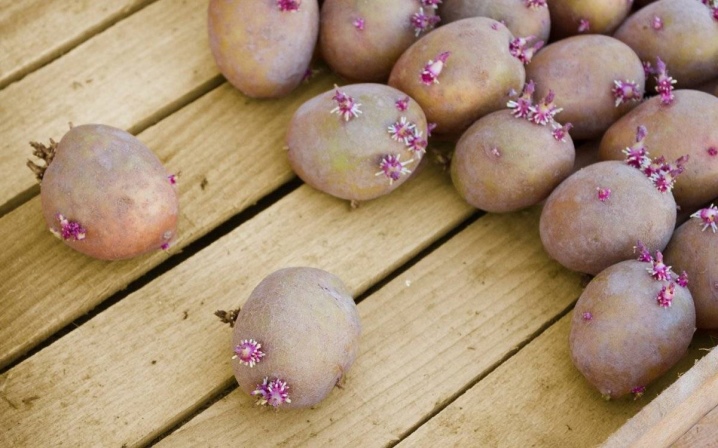
Features of the method
Eyes are two or three axillary buds laid side by side, which, when placed in comfortable conditions, after a certain time, can sprout... In some varieties of potatoes, the buds are located in small depressions, the appearance of which resembles the eyes. But the presence of these depressions is not at all necessary.
To improve the appearance of tubers, to make them smoother, to simplify the cleaning process, varieties were bred in which axillary buds are on the surface. There are even varieties with bumps. The eyes can also stand out in color, or they can merge with the surface.
Another distinctive feature is the presence of an arched border. This border is an underdeveloped leaf, it is also called a leaf scar.
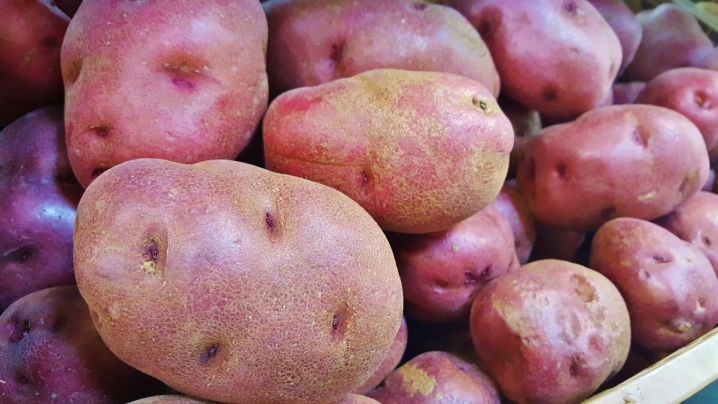
The eyes are unevenly distributed over the surface of the tuber. The least of them is at the point of attachment to the stolon. And several at once are located on the top - the most viable ones are located here, capable of giving strong shoots. In addition, by the location of the eyes, one can judge how the potatoes were located in the ground - there will be more of them on the side facing the surface of the earth than on the back.
As a result of planting with eyes, the potato bush receives more nutrients and minerals, develops better and gives a good harvest in a shorter time. For comparison, in the case of planting whole tubers, the first shoots receive the most nutrients. And the tuber itself does not greatly affect the yield, and in some cases it even becomes a source of rot and other diseases.

Thus, several positive aspects of this method can be noted at once.
-
Economical consumption of seed potatoes.
-
Earlier and more abundant harvest.
-
Possibility to improve the seed fund and even develop a new variety.
If you do not take into account the effort expended on separating and planting the eyes, this method pays off. When using eyes, a varietal potato bush is capable of producing an average of 4-5 kg of yield.
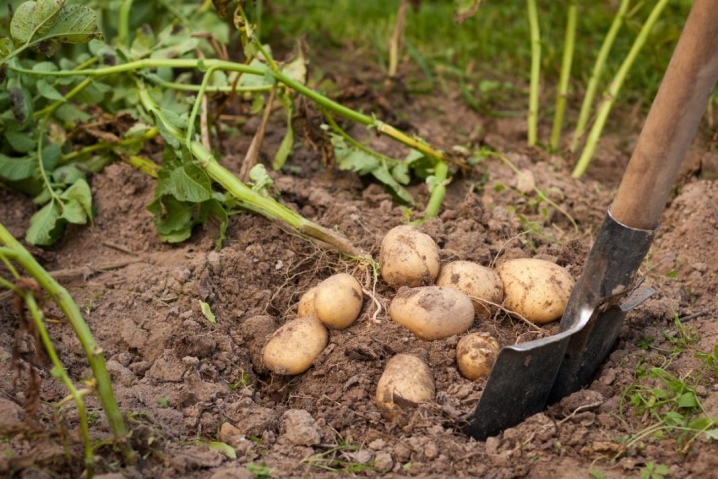
Preparation
To get a rich harvest of potatoes, you need to take care of the seed in advance. If we are talking about tubers from your site, they need to be prepared in the fall - select, dry, reject doubtful ones again and send for storage.
In spring, tubers also need preparation. This stage not only triggers natural internal processes in the tubers, but also allows you to once again inspect the seed fund, identify unsuitable potatoes. If spots appear on the potatoes, traces of rot or traces of rodents, it must be removed. And even this will not give absolute confidence that all plantings will sprout. To do this, the seed potatoes must be transferred to a room with a higher temperature and diffused light. Tubers should be placed in shallow, ventilated boxes and replaced periodically. If they turn green, do not be afraid - this will allow them to resist rodents and some diseases.
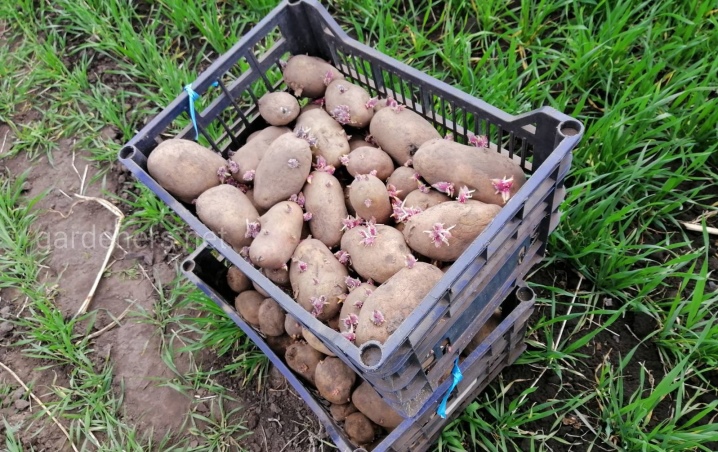
Theoretically, all eyes can be used, but it is better to take with sprouted buds. This process can be accelerated.
-
A week after transfer from the cellar, sprinkle with wet sawdust and periodically sprinkle the boxes with water... This will speed up the emergence of roots around the seedlings.
-
Place seed potatoes for two days in a room with a temperature of up to +14 degreesand then increase it to +20.
In addition to these actions, biochemical preparations should not be neglected. After selection, tubers can be treated with "Fitosporin" or "Zircon" - against bacterial and fungal diseases of the tops. In the absence of them, you can replace them with potassium permanganate and copper sulfate.
And to protect plantings from the Colorado potato beetle and wireworm, insecticides Tabu, Prestige and Aktara are suitable.
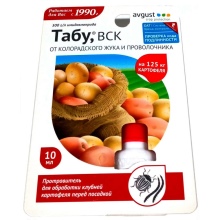
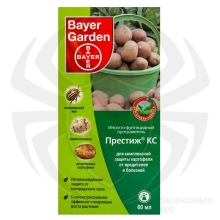
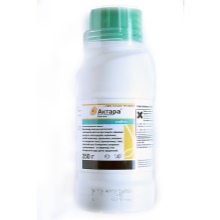
How to plant correctly?
Potato eyes can be used in two ways:
-
plant in soil or any other substrate by analogy with whole tubers;
-
use for growing seedlings.
First of all, cut eyes can be used for planting in the ground. Usually they are cut along with a part of the tuber: they make cuts from the surface, divide into slices or cut out in the form of a cone. It is enough that they weigh 5-10 grams. The main thing is that there are kidneys on the separated part. Then, in order to prevent potato diseases, all sections can be lightly dusty with ash and dried, but you can use it like that.
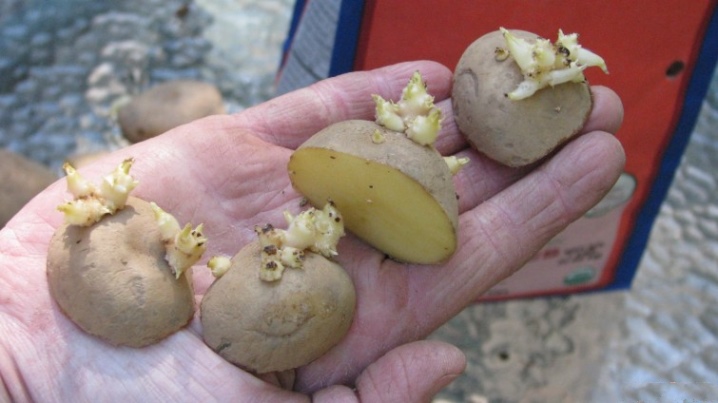
Just like slicing, you can use potato peels. This option is considered to be the most economical; it became widespread in the war and post-war times. However, even now it is quite possible to use it. It is better to start collecting cleanings two to three months before the start of the summer season. We choose skins with eyes and lay them out on any surface in the basement or cellar, periodically sprinkle with water on top and cover with a cloth so that they do not dry out completely. If the room is cold, then two weeks before disembarkation, they can be transferred to a warmer place to awaken... If the potato peels have not been sorted, the germinated eyes can be picked just before planting.
Planting work can be started after the end of frost, focusing on the forecast of the Hydrometeorological Center. For the southern regions, mid-April is suitable, for the northern regions - early May. The prepared material can be planted in the holes at a distance of at least 30 cm, and between the rows - 60-70 cm. Fertilizers are placed on the bottom of the hole - ash, humus or azophoska, then again a layer of earth and eyes.
In doubt, you can put two pieces in a hole at a short distance from each other. Planting depth should not exceed 10 cm.
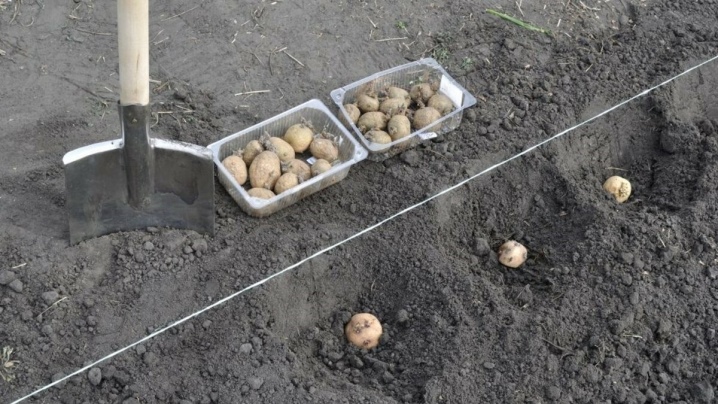
As a rule, seedlings are grown not for food, but for reproduction of the seed fund by the next year. For its cultivation, you can use both non-germinated eyes and sprouts.
-
Non-germinated eyes. They are placed in boxes on the ground 5-7 cm apart, then covered with 2 cm from above. As it grows, the earth needs to be added.
-
Sprouts... Small shoots (up to 5 cm) must be carefully separated from the tuber with a small pinch, long (more than 12 cm) can be divided into 2-3 parts and the sections can be lubricated with any root stimulating agent. When planting, deepen by a third into the prepared soil
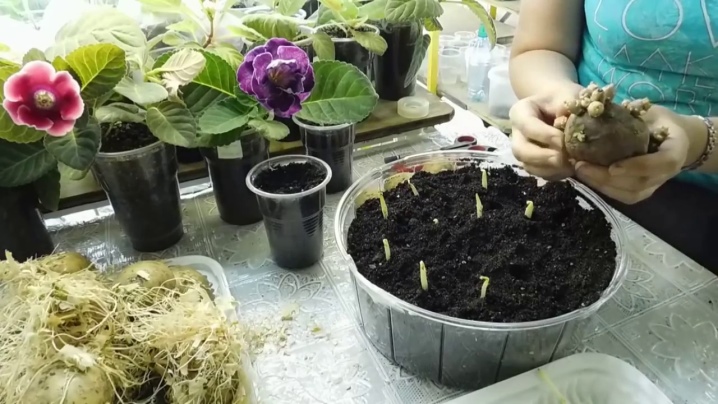
Follow-up care
Once planted, potatoes require relatively little effort.
-
To facilitate the growth of shoots, as well as to ensure the circulation of water and air, the soil must be loosened. For the first time, this must be done no later than two weeks after disembarkation. To prevent weeds from overgrowing the aisles, this procedure should be repeated every week, just like weeding.
-
When the tops grow to about 15 cm, you can begin to spud... The earth is shoveled to the bushes in such a way that a small bump is obtained - it is needed to form and protect the tubers. It is better to huddle after rain in order to better retain moisture and facilitate the cultivation of the land.
-
The main rule applies to watering - it should be moderate, but regular.... It is necessary in order to avoid deformation of the tubers, since moisture received after a long drought can affect the appearance of growths. Watering is best done in the evening, twice a week.
-
Do not forget about feeding. They are especially needed after planting, during the flowering period, when affected by diseases or pests. Among folk remedies, ash, manure and chicken droppings are the most popular. Potash fertilizers and superphosphate are needed to stimulate tuber formation. It is better to apply them in liquid form, combined with watering. For the same purpose, a solution of ammonium nitrate is used, but it is already fed through the tops.
Particular attention should be paid to the condition of the tops, since some diseases can significantly reduce the expected yield.... In particular, in order to prevent late blight, plantings should be processed at least 3 times per season.

See below for planting potatoes with eyes.













The comment was sent successfully.